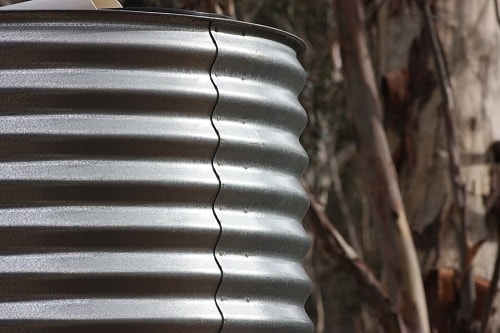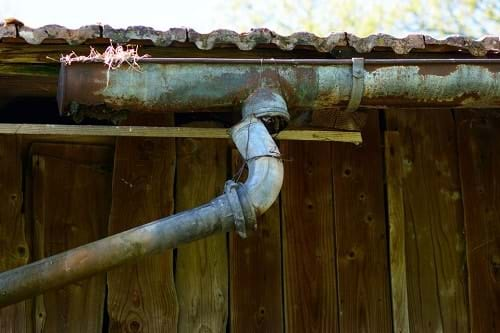For Australians living in rural areas, rain may be their main or only source of drinking water. For these people, it’s essential that their tank water is pure and won’t cause them to become ill.
Even in urban areas, many people have water tanks that they use to provide drinking water or water for other purposes. Although the usual recommendation is that public water is the most reliable source for drinking because it’s filtered, disinfected and often fluoridated, the chances of becoming ill from a well-maintained water catchment and storage system is low.
The Dangers from Tank Water
Urban rainwater is more at risk of contamination from industrial activity and traffic, so more care is needed than in rural areas. Even if tank water is not used for drinking, it is useful for other purposes such as flushing toilets, watering gardens and washing cars. And storing rainwater in tanks for use has the benefit of conserving the public supply as well as reducing runoff and helping to prevent flooding.
Rainwater in rural areas is more crucial due to its scarcity and the lack of alternative sources. But although the risks are different to urban areas, they are still present. Tank water can be contaminated by bird and animal droppings that cause bacteria, by parasites such as breeding mosquitoes, by ash from bush fires and by metal and other elements from plumbing and roofing materials.
So tank water is important but can be a threat if you plan to drink it and aren’t careful.

Safety from Proper Installation
Rainwater is more likely to be pure and safe to drink if the catchment and storage system is correctly acquired and installed. Tanks are available in various suitable materials such as galvanised steel, fibreglass, plastic and concrete. Some of these may, depending on the manufacturer’s instructions, need to be washed or flushed before use.
Rainwater is normally collected from a house roof or similar structure. Most types are suitable although they should not be coated with bitumen or lead-based paints and the first few run-offs from new roofs should be discarded. Roofs with flues from wood burners should be avoided, and overflow or discharge pipes should not run on to them.
High quality plastic pipes and fittings that are ‘drinking water’ grade should be used, and any containing lead should be avoided. The water tank should be covered to limit light that encourages algae growth and to prevent bird and animal droppings contaminating the water. All unused access points should be sealed, and inlet and outlet flows should have mesh covers and strainers to keep out leaves and prevent insect access.

Carry Out Regular Maintenance
Once your water tank is correctly installed, it needs to be used correctly and kept in good order. It’s good practice to run the tap for 2-3 minutes at the start of each day before taking drinking water to remove water standing overnight that may have absorbed metal from pipes. This water can be used for washing up or other purposes.
To keep your water in good order:
- check and clean out gutters every three months to prevent debris contaminating your water
- at the same time, check mesh covers are intact and access points remain sealed, repairing any faults to prevent insects, particularly mosquitoes, and birds entering your tank
- every six months, check all pumps and pipes are functioning properly and check the colour and smell of the water as well as the sediment level.
If the sediment level is high, you should de-sludge the tank and should do this every two years in any case. You can do it by syphoning out the sludge or may need to completely empty the tank and then clean it thoroughly. This may be difficult to do if the tank is your only source of water and may require the installation of two tanks so one can be cleaned while the other is in use.
Dealing with Problems
If you have problems with your tank or any doubts about the water quality, always boil the water and allow it to cool before drinking. Contaminated water can be disinfected with chlorine (take care to follow the manufacturer’s instructions) and you should ideally not drink the water for a minimum of 24 hours so the bacteria are destroyed and the chlorine smell dissipates. Filters and UV light can also be used to remove micro-organisms or render them inactive.
The best way to deal with rainwater problems is to make sure they don’t happen in the first place. At Aussie Gutter Protection, we can fit the necessary guards to prevent parasites and bacteria entering the system so your water remains fresh and pure for longer.




